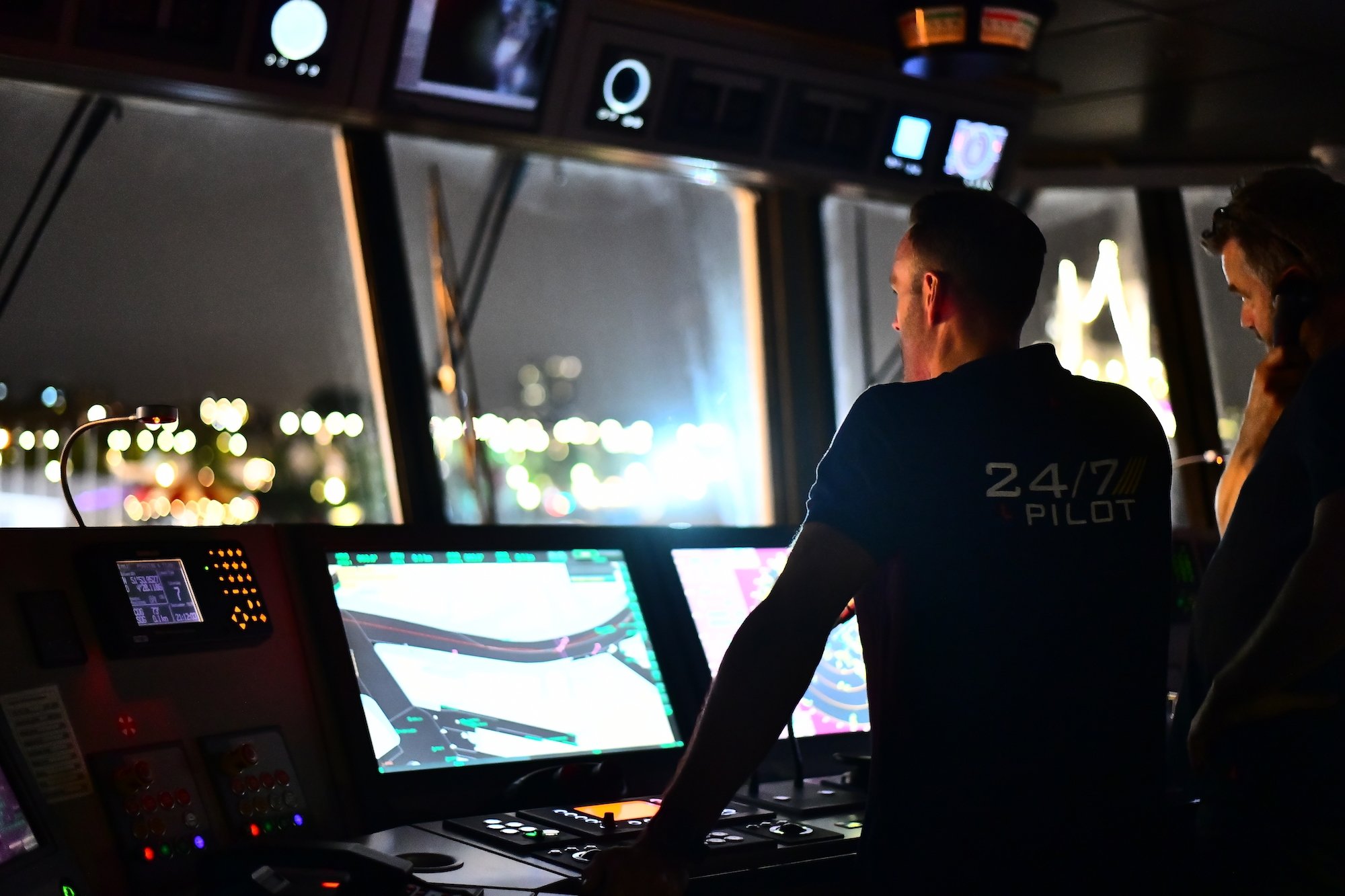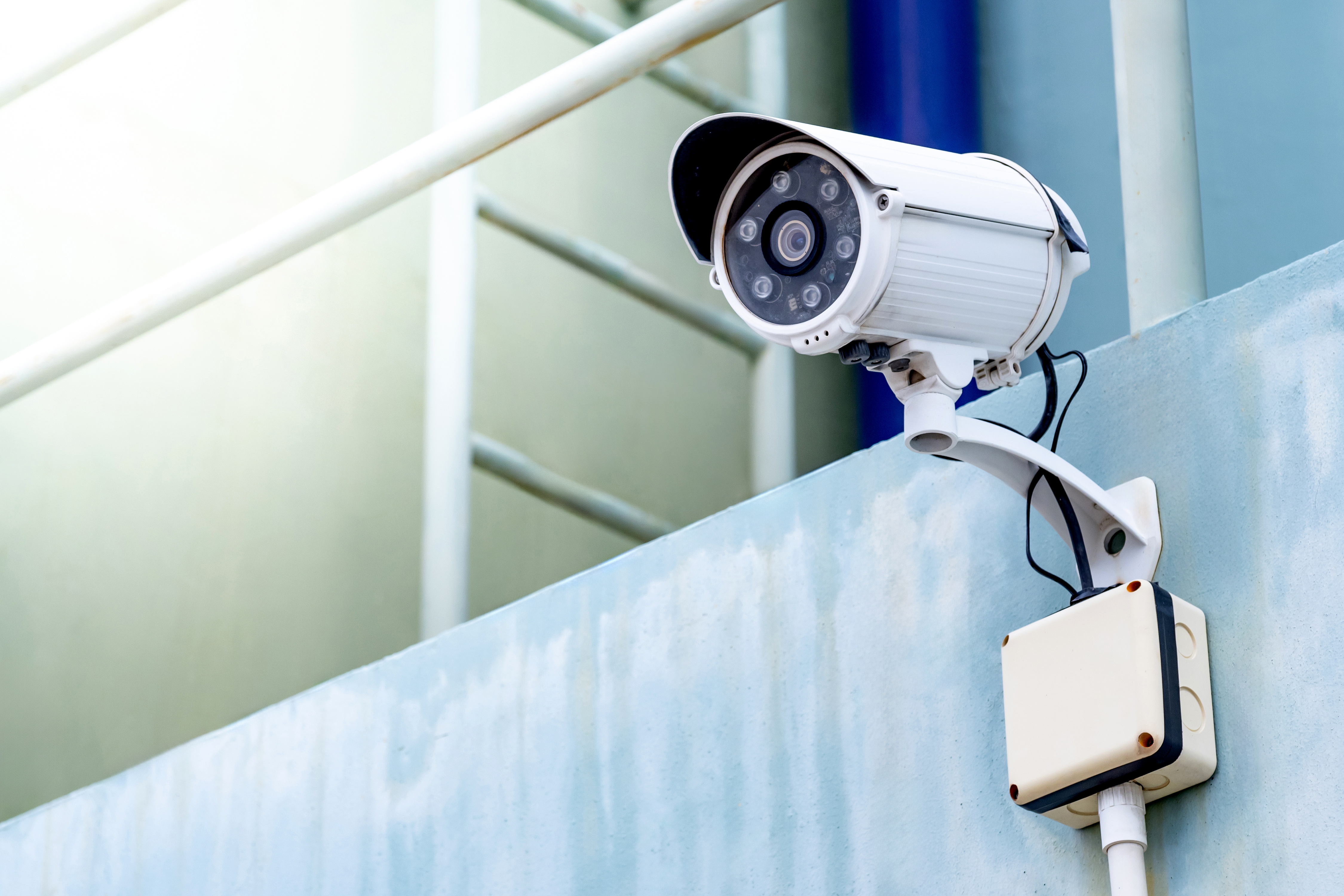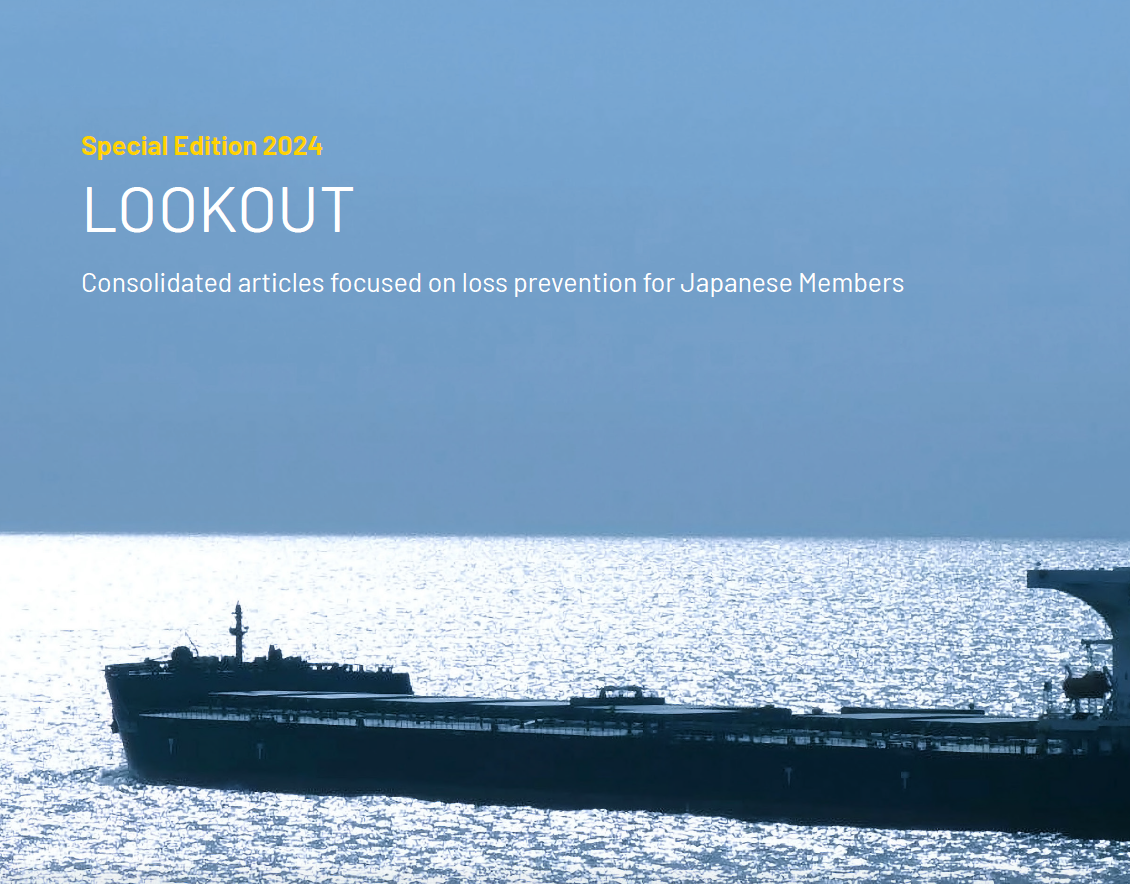
Communication is vital for the safe navigation and management of ships. This is true for communications within a ship as well as for ship-to-shore communications.
In recent years, attention has been focused on communication activities by the bridge team. BTM/BRM training has been conducted since the 1970s. Since then, many marine educational institutions and shipping companies have conducted research that confirmed the effectiveness of this training which is why today, BTM/BRM training is required for all masters and navigators. In addition to this, a model course has been established at STCW and there have been several other key training items created as well as other measures for standardizing training programmes.
This is good news however ship to shore communications, which are communications between the ship management company (Owner) and the ship, also need to be examined. These communications are different for each company because every company communicates by using its own management rules and procedures. Does the method used for ship to shore communications play a role in safe navigation and safe ship management?
Court rules on passage planning
In March 2020, there was an extremely significant ruling by the English Admiralty Court of Appeal potentially impacting the relationship between on shore management and ships. The ruling concerns the grounding of a ship after leaving a port. The Court ruled that the ship’s passage planning prior to departure was inadequate, which means the ship was unseaworthy before departure. The passage plan had failed to flag up unreliable depths in the fairway. The ruling also stated that this inadequate passage planning was a breach of the non-delegable and overriding obligation of the ship’s owner under the Hague and Hague-Visby Rules to exercise due diligence for maintaining the seaworthiness of the ship. In other words, the ship’s owner (management company) was responsible for the ship’s inadequate passage planning and were unable to rely upon an argument that it was negligent navigation by the master and crew outside the ship owner’s orbit of responsibility.
(Note: For more information, see the article titled “Passage planning and seaworthiness”).
Naturally, a ship management company assumes management responsibility for an accident, however, some people have doubts about whether or not this responsibility includes the preparation of passage planning.
Although the Supreme Court of the United Kingdom will hear an appeal of this ruling, there is no question about the importance of passage planning. This accident has shown that ship management companies (owners) do not ensure safe navigation by simply providing an SMS manual and having ships operate in compliance with this manual. Ship management companies (owners) must have an even greater involvement with the operation of ships.
Other communications
What types of communications and other relationships are required between on shore management and ships? The International Safety Management (ISM) code contains many provisions about this relationship. It is imperative to read and understand these rules and then apply them to the operations of the ship management company and ship itself. Following are examples of tools that can be used effectively for closer ship to shore communications to ensure safer navigation.
At every ship management company, operations are already performed in accordance with official rules or the rules of each company in almost all cases. The key point is to recognise that these rules are communication tools rather than a method for managing ships from shore.
Internal audits (ISM code 12)
The benefits of audits depend greatly on making audits completely independent of management, producing detailed information and implementing a PDCA (Plan-Do-Check-Act) cycle for all issues identified by the audit that require an action.
Management reviews by ship masters and reports to management (ISM code 5)
Determine the intervals and measures used for this review; responses by management are important too.
Ship visits and reports
There are frequent activities for identifying defects and other problems on ships. These activities should be viewed as an important tool for communications between on shore personnel and ships and ship report visitation forms - other documents should also reflect this awareness.
Provision of information
Ship management companies provide ships with information about technologies, safety, accidents and many other subjects. These companies must ask ships to provide feedback regarding this information in order to improve the ship’s performance.
Newsletters
Newsletters should be issued monthly or at some other regular interval as a tool for supplying a broad range of information. This should include articles about good practices of ships and individuals, information for bringing on shore operations and ships closer together, and information that increases the motivation of the crew.
These are only a few examples of effective communication tools. Existing tools should be used in the best possible manner for bringing on shore operations and ships closer together and fostering a stronger understanding between on shore and ship personnel. Using these types of activities can give on shore management a better understanding of the ship’s performance as well as improve the performance of both on shore and ship operations.





